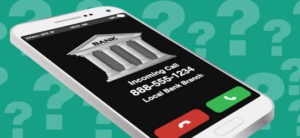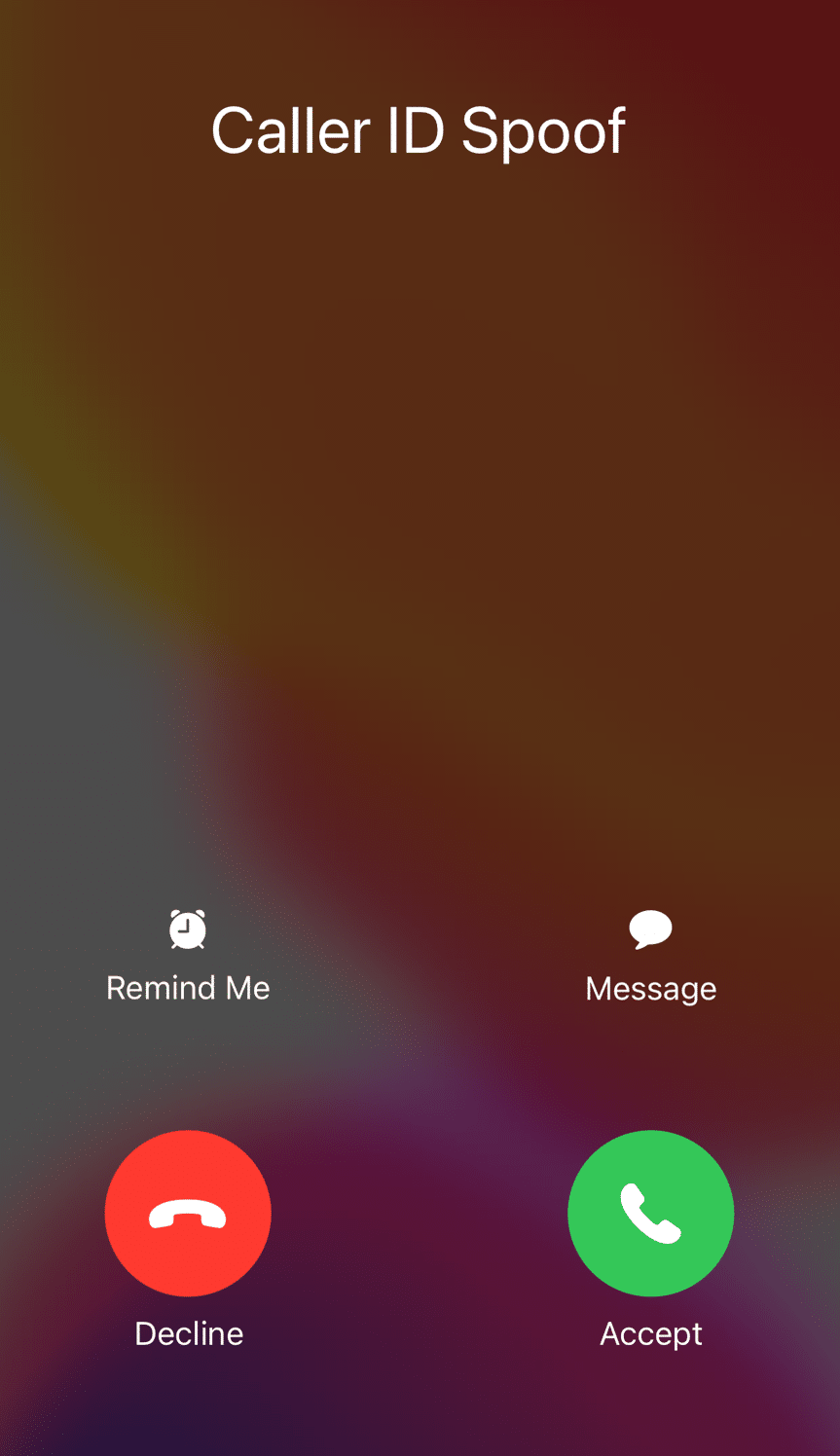

In fact, according to Hiya, a company that offers anti-spam phone solutions, spam calls grew to 54.6 billion in 2019, a 108% increase over the previous year. The convenience of sending digital voice signals over the internet has led to an explosion of spam and robocalls over the past few years. But once you do, it can download malware onto your device, sign you up for a premium service, or even steal your credentials for your online accounts. There are also “ SMiShing” attacks, or phishing via text message, in which you may receive a message that appears to come from a reputable person or company, encouraging you to click on a link. Another common scam is fake tech support, where the caller claims to be from a recognizable company, like Microsoft, claiming there is a problem with your computer and they need remote access to fix it.

The caller tries to scare the receiver into thinking that they owe money for back taxes, or need to send over sensitive financial information right away. These “ vishing” attacks (or “voice phishing”), are quite common, and often target older people who are not as aware of this threat.įor instance, one common scam appears to come from the IRS. They may pretend to be calling from a bank, a charity, or even a contest, offering a phony prize. Scammers often use spoofing to try to trick people into handing over money, personal information, or both. Protect yourself with comprehensive mobile security.

Customers pay for a PIN code to use when calling their provider, allowing them to select both the destinations number they want to call, as well as the number they want to appear on the recipient’s caller ID. Some providers even offer spoofing services that work like a prepaid calling card. VoIP users can usually choose their preferred number or name to be displayed on the caller ID when they set up their account. Most spoofing is done using a VoIP (Voice over Internet Protocol) service or IP phone that uses VoIP to transmit calls over the internet.

Call spoofing is when the caller deliberately sends false information to change the caller ID.


 0 kommentar(er)
0 kommentar(er)
